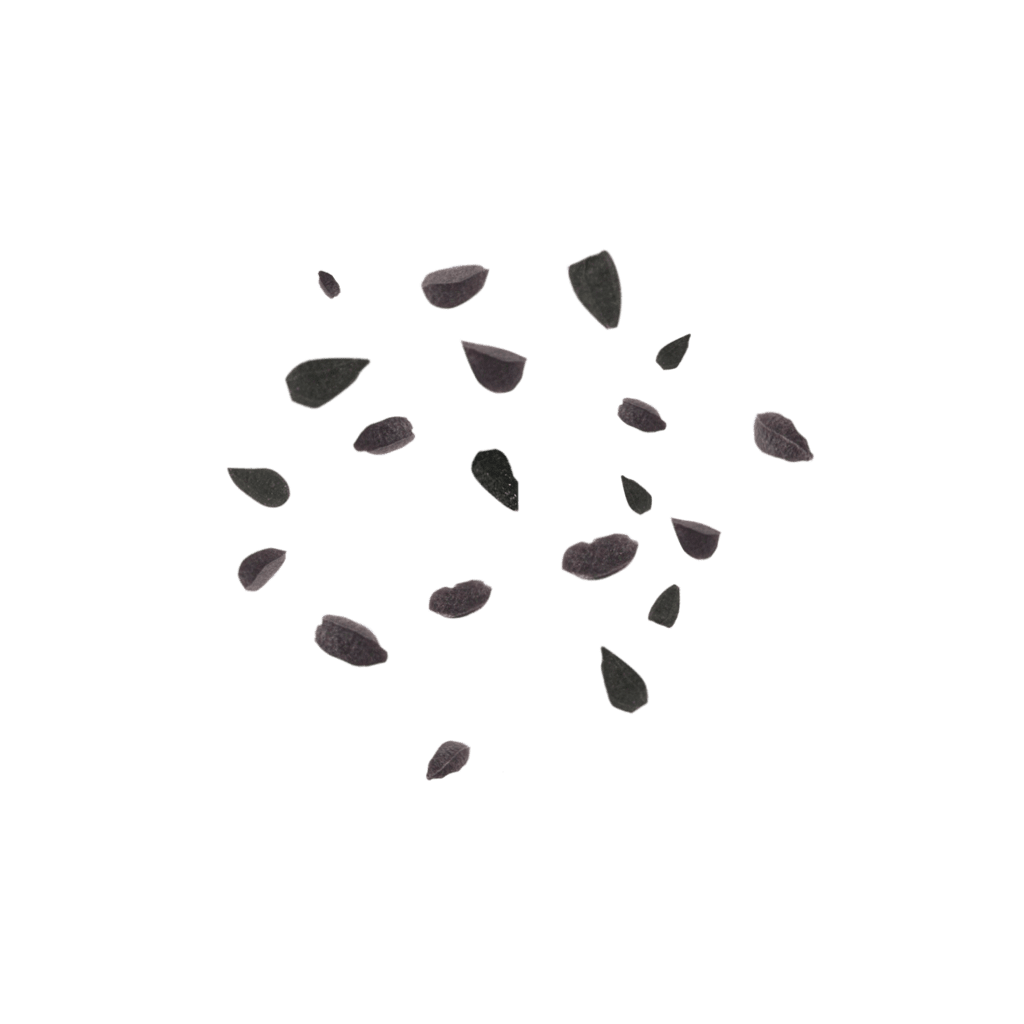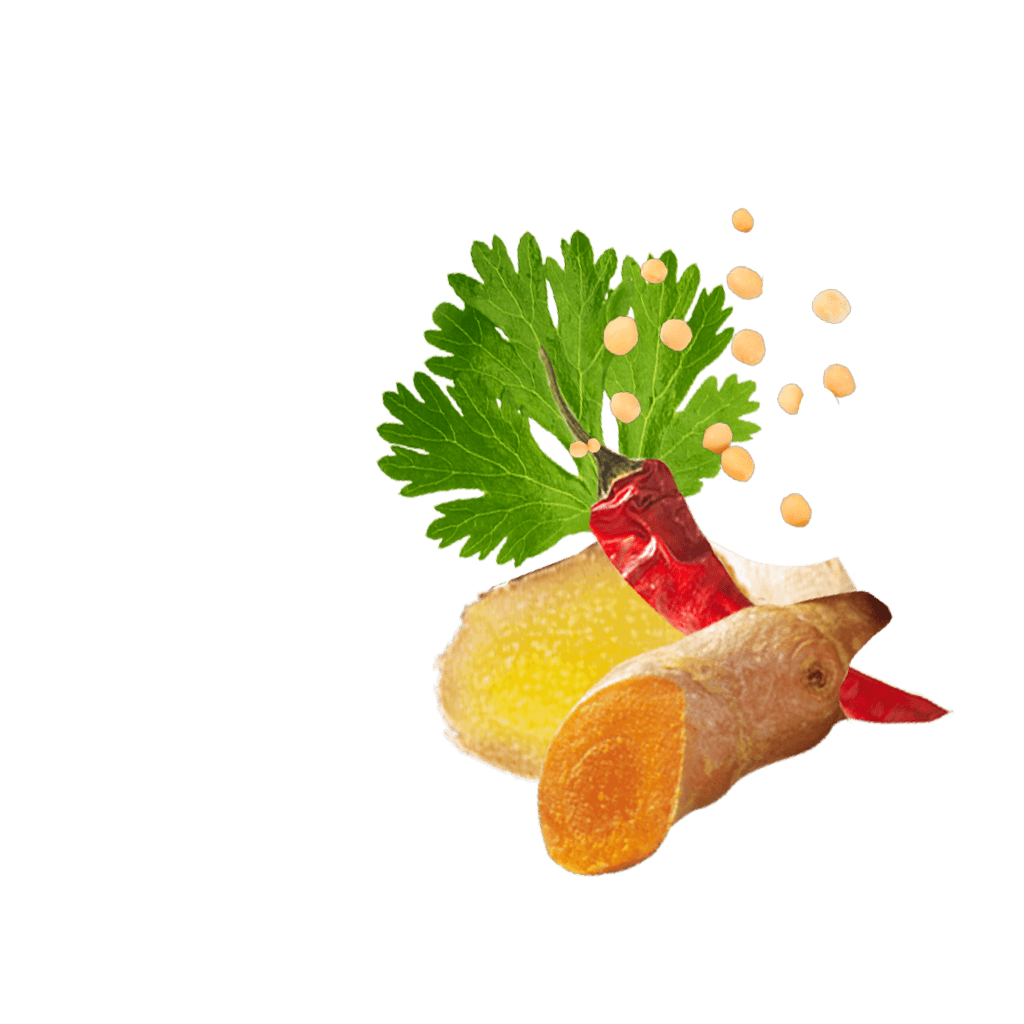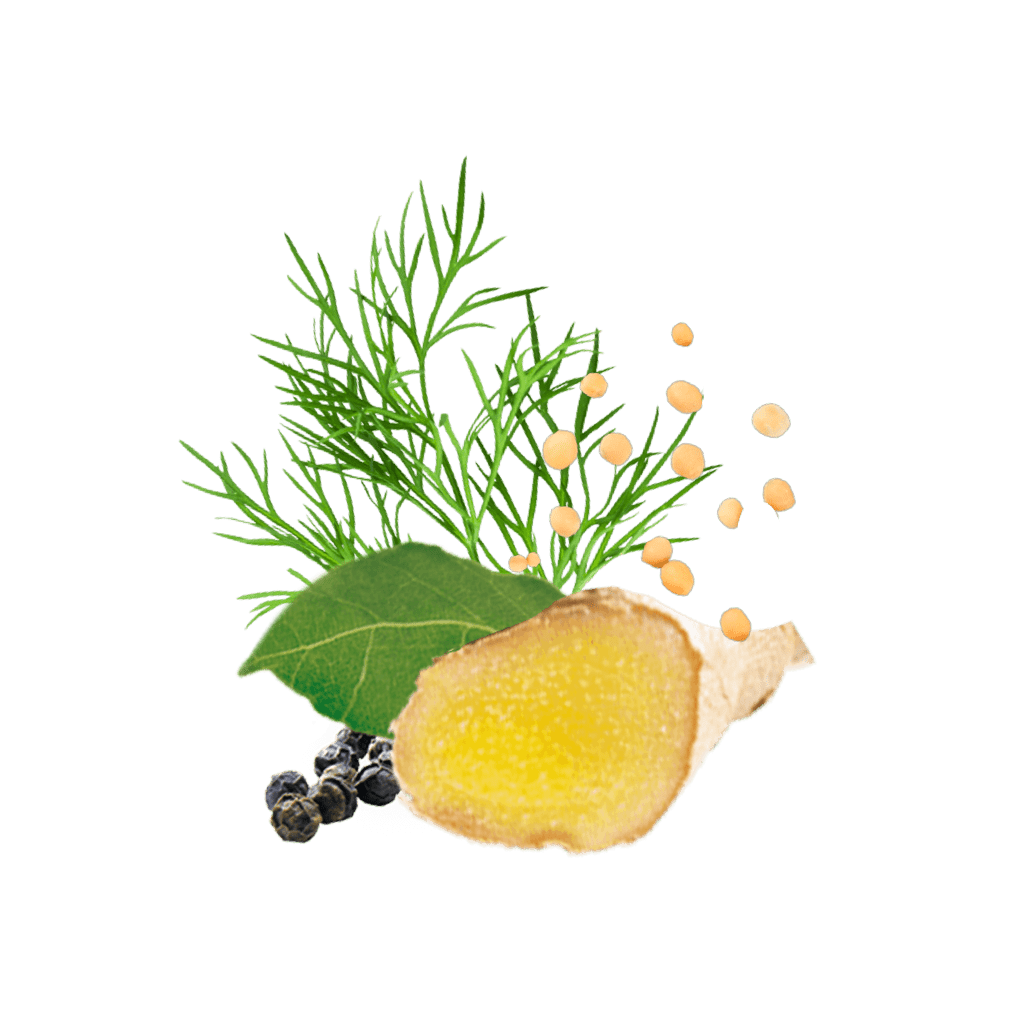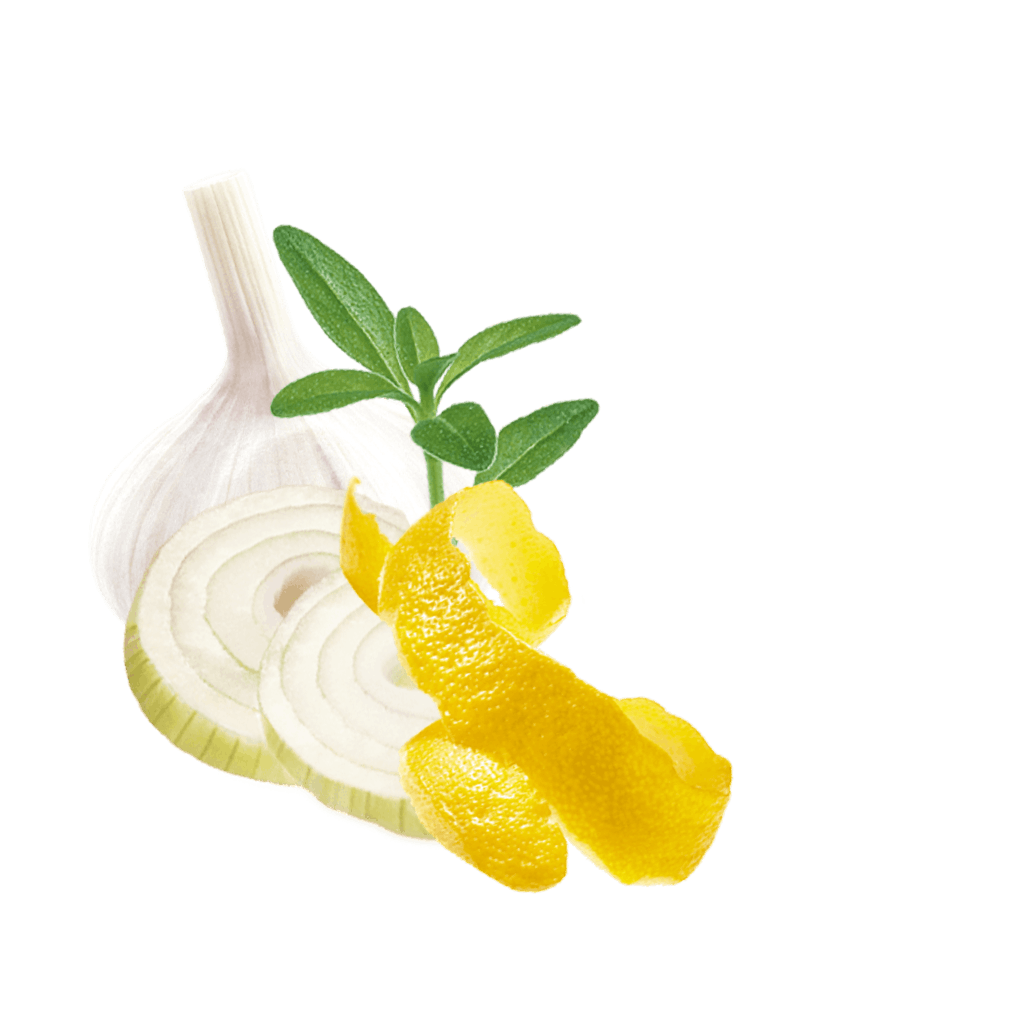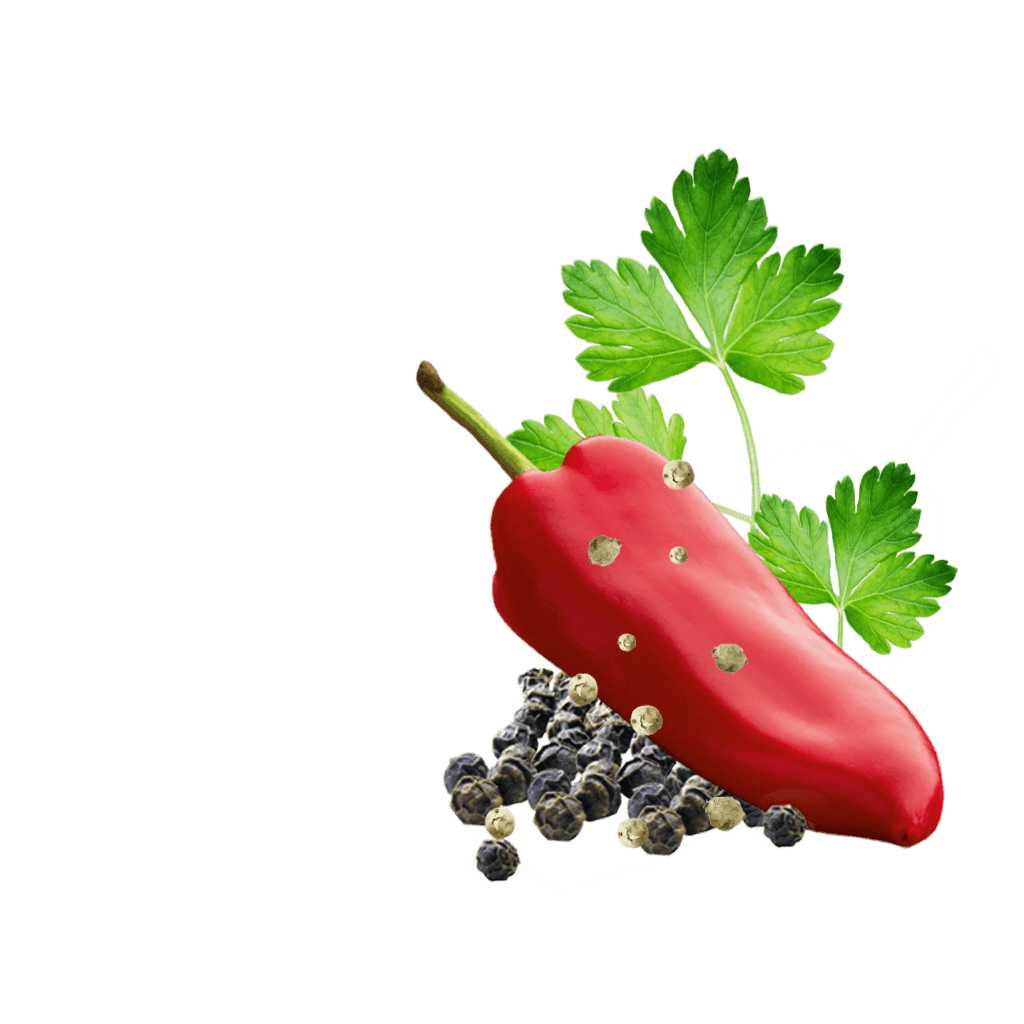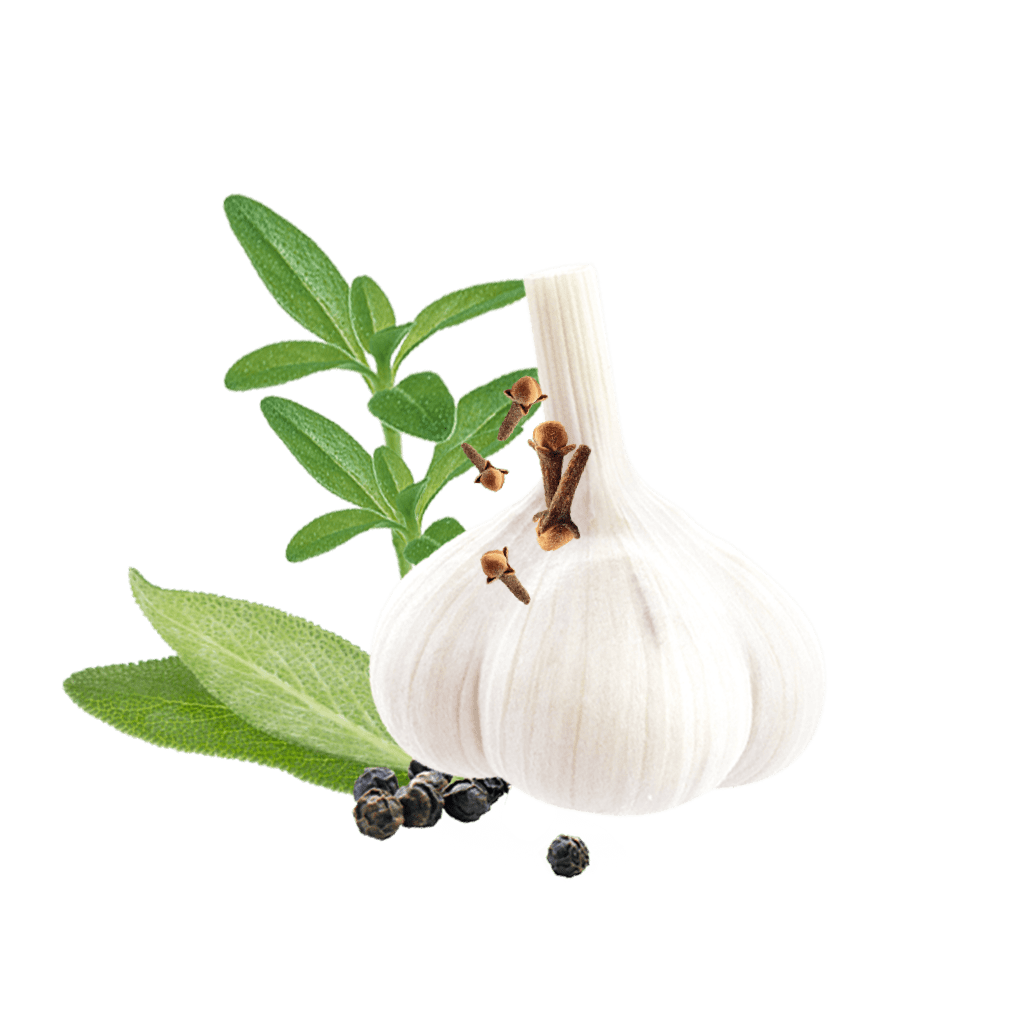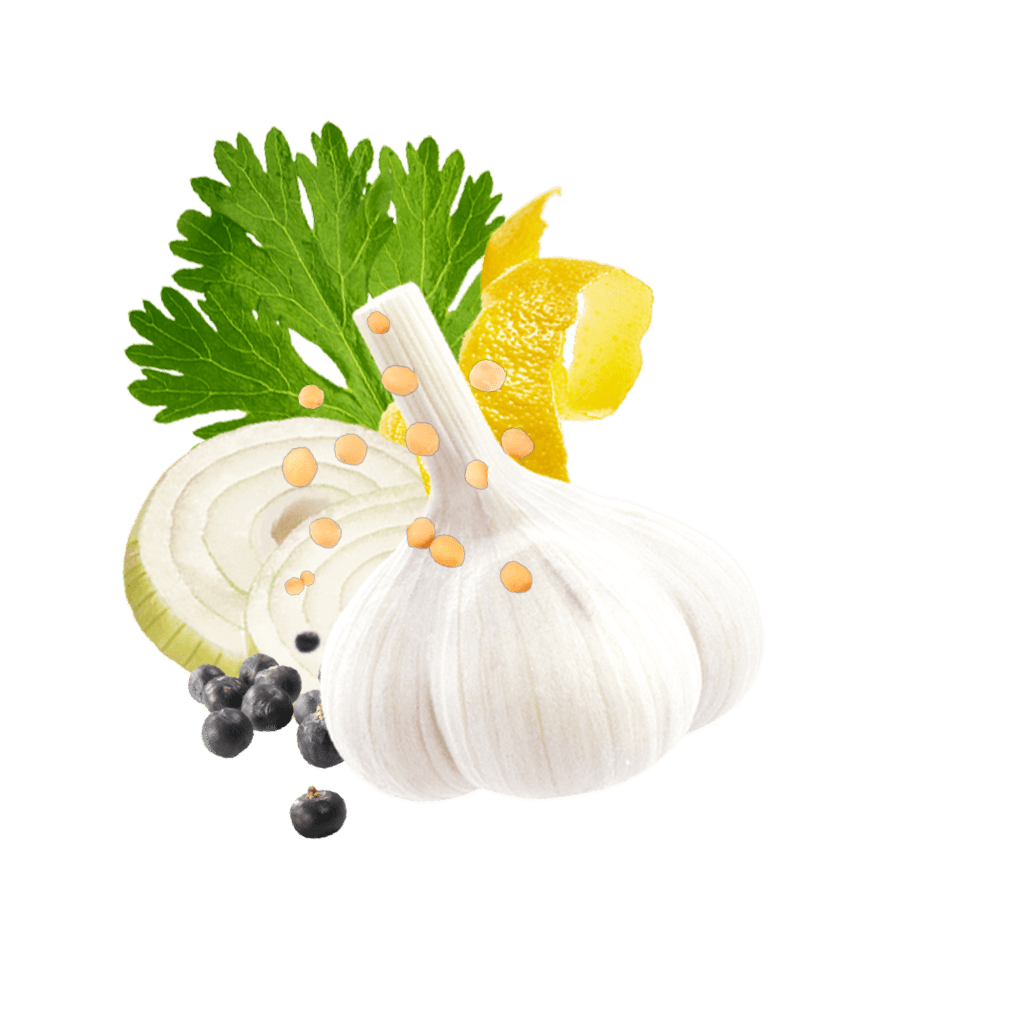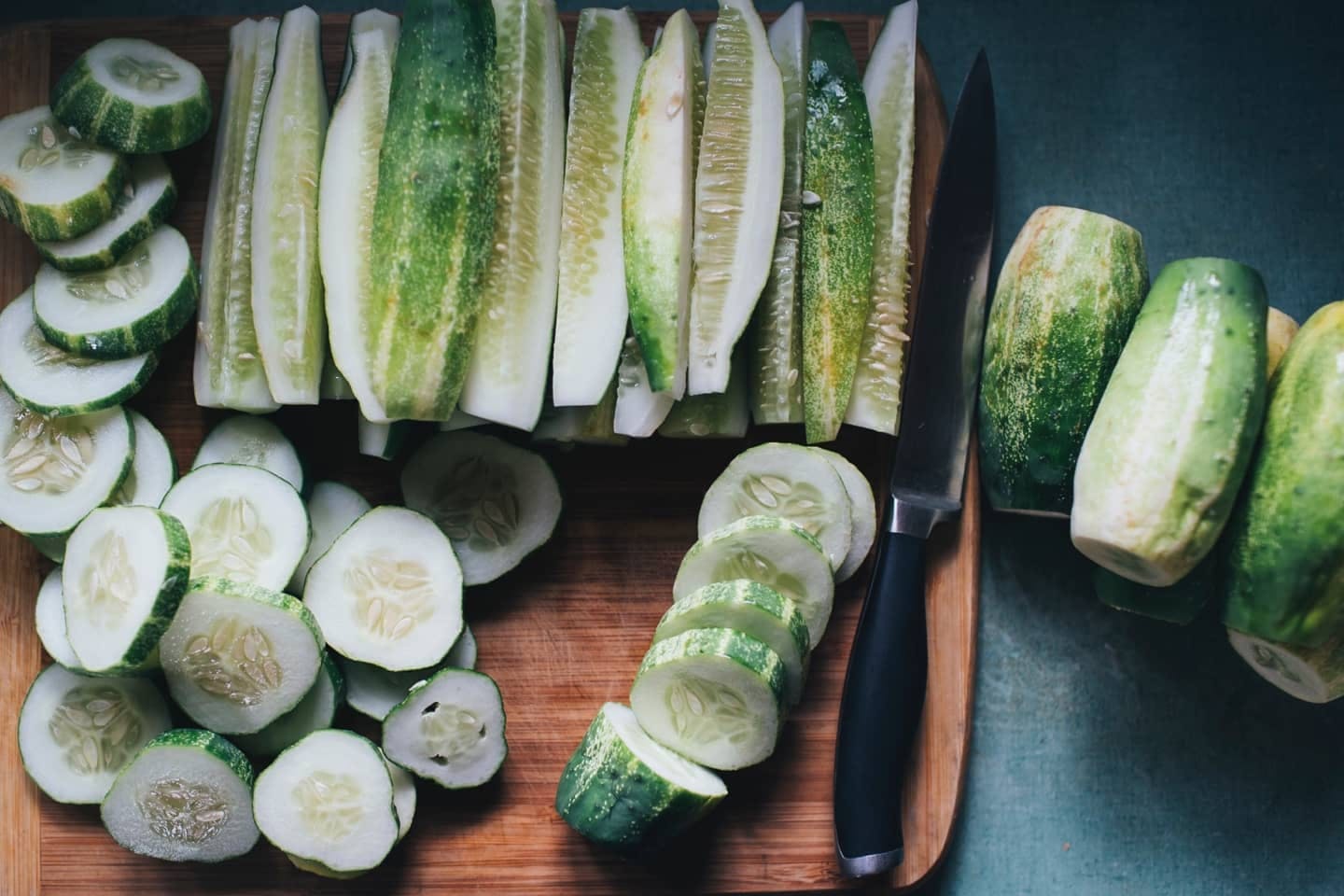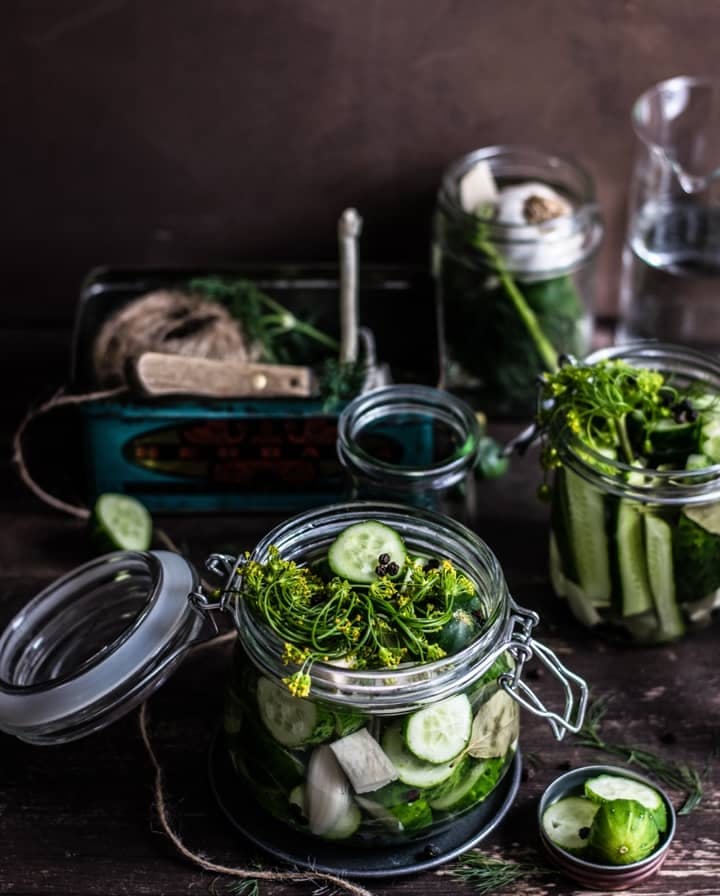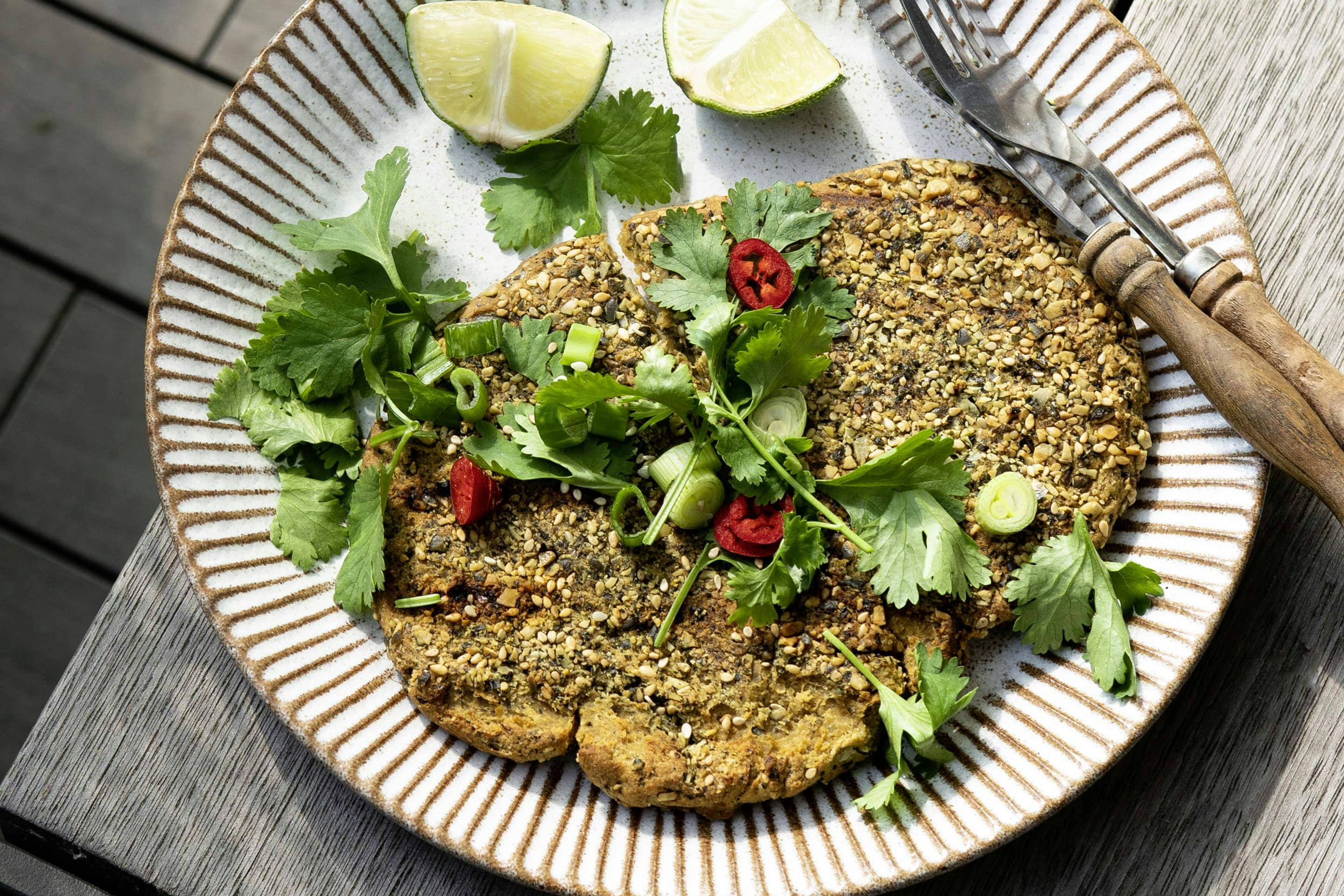Mustard seeds
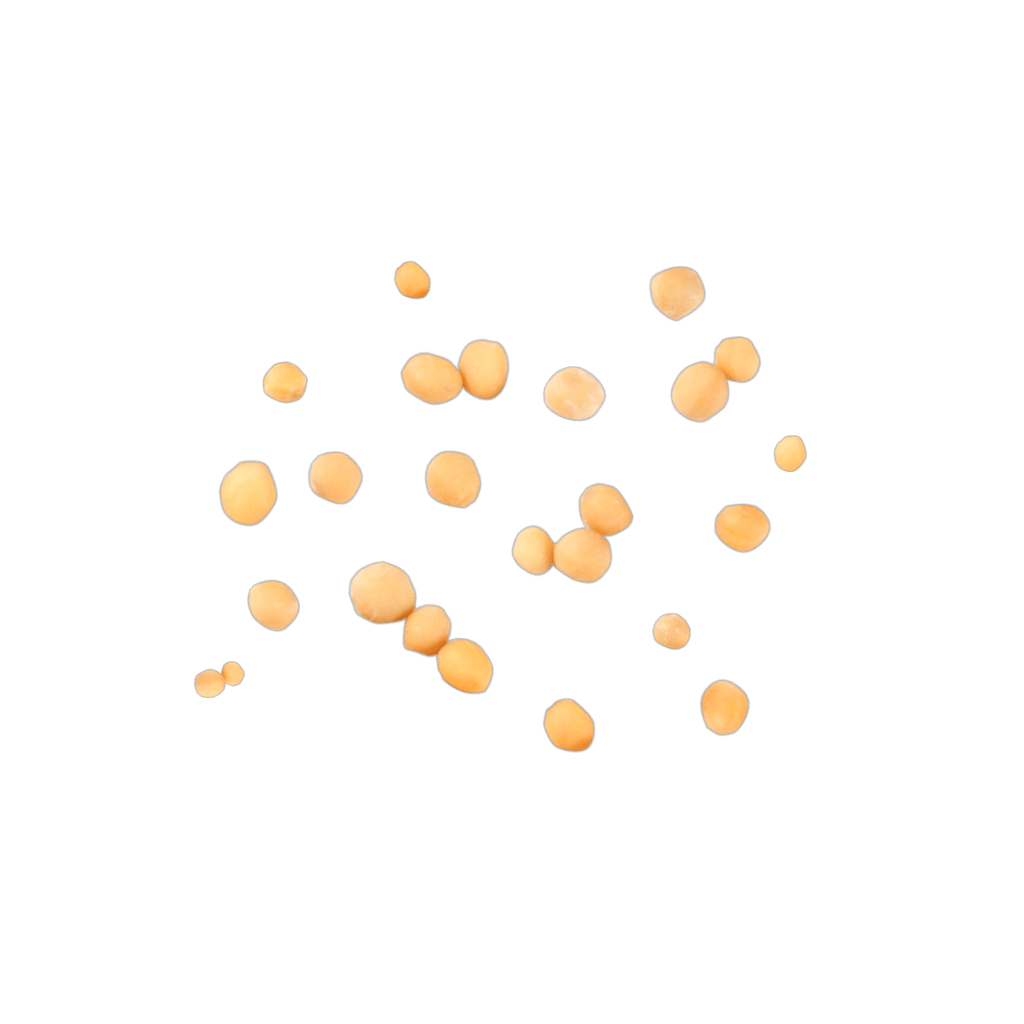

As one of the oldest spices in the world, mustard seeds are used for much more than the popular condiment. The three types of mustard have different flavors and levels of heat.
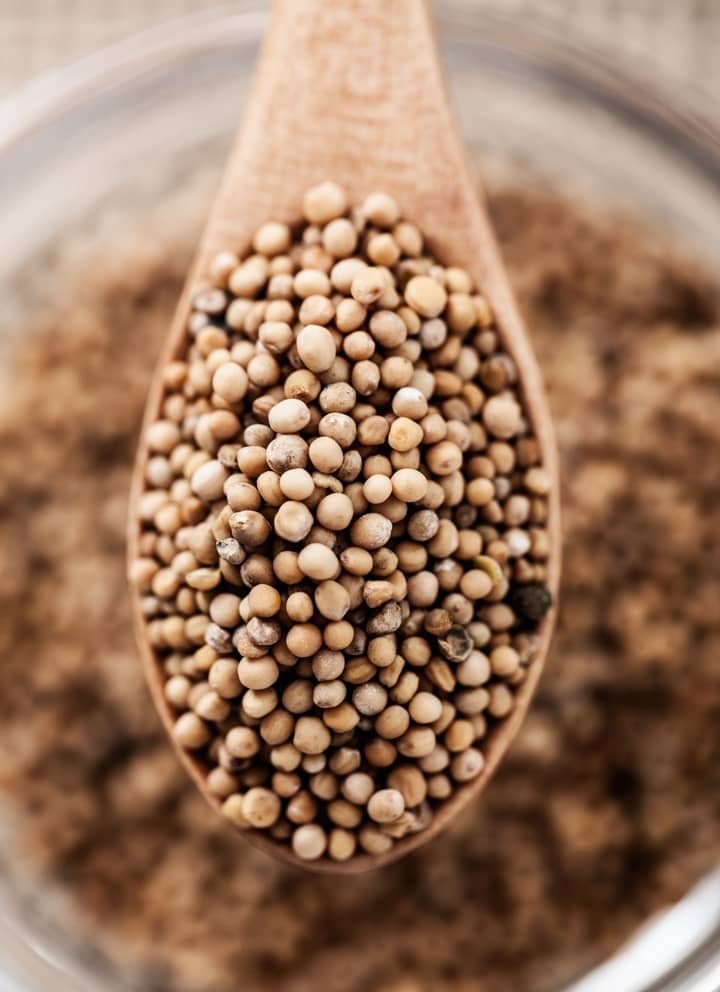
Mustard Seeds as a Spice
Pastes made from mustard seeds have been used to flavor food since ancient times. The seeds from the mustard plant have been known about for at least 4000 years, making it one of the oldest spices in the world. There are three different species of mustard plant. Their seeds are virtually odorless, but they vary in flavor depending on the type. White mustard seeds are mild and nutty and develop a pleasant heat during cooking, while black mustard seeds have a hot kick and a bitter flavor. The taste of brown Sarepta mustard seeds lies somewhere between the two other types. The name “white mustard” refers to the white seeds. This mustard is also often called “yellow mustard” on account of its yellow flowers.
Products Containing Mustard Seeds
Usage
Mustard seeds can be added to dishes in whole or ground form. Mustard powder is used to make the popular table mustard, and is also ideal for flavoring poultry, rice dishes, soups and sauces. Whole mustard seeds are often used when preserving vegetables and to add flavor to meat and fish dishes, curries, sausages and marinades. The heat of the mustard seeds develops when they come into contact with liquid, such as water, wine, vinegar or beer. The seeds lose their heat again when cooked for a long time, so if you want to retain their hot flavor, they should only be added when the dish is almost ready.
Tip!
To add heat to dishes using mustard seeds, you also need to add liquid. The seeds release the most heat when they come into contact with water, but this heat disappears after a short while.
Related recipes
Currently Viewing: 1 of 0

140—150 Min
Venison Ragout with Apple and Chestnut Red Cabbage and Currant Bread Dumplings
140—150 Min Advanced
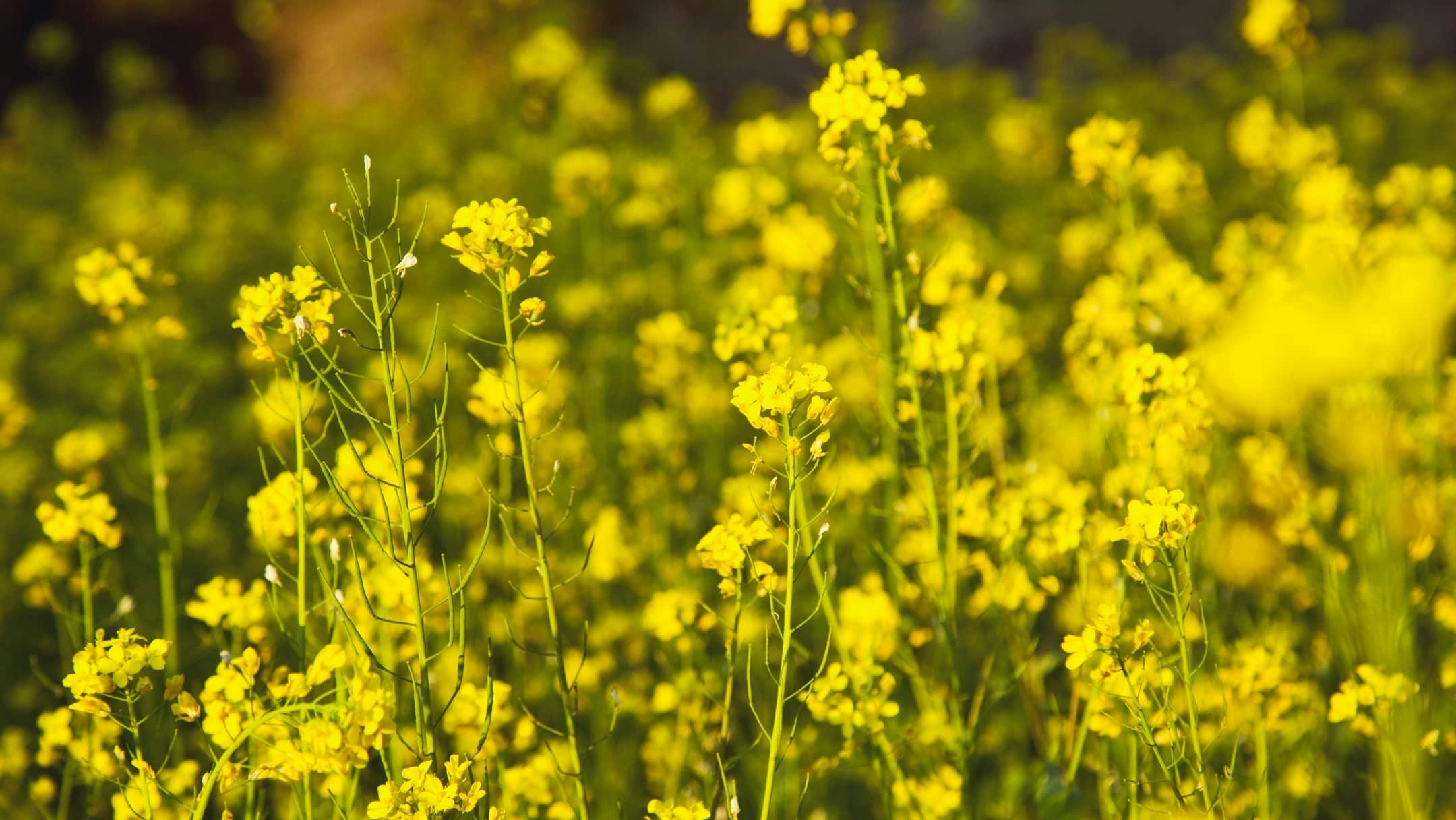

The Plant
As a member of the mustard family, the mustard plant is related to garden cress, cabbage and horseradish. The plant’s fleshy stems are perfect for pickling, and are known as “mustard greens.” Black mustard grows to up to two meters tall and its seeds fall to the ground when ripe. As these seeds are difficult to collect using machines, black mustard is only grown in areas where it can be harvested by hand. White mustard, on the other hand, is picked. The main countries that grow mustard plants are Canada, Nepal and Ukraine.
Factbox
- Scientific Name
- White mustard: Sinapis alba L.; botanically, black (Brassica nigra L.) and brown mustard (Brassica juncea L.) do not belong to the mustard genus
- Family
- Mustard family (Brassicaceae)
- Other Names
- White mustard: Yellow, true or English mustard; brown mustard: Sarepta mustard, Indian or Chinese mustard; black mustard: Dutch mustard
- Origin
- Eastern Mediterranean region, Middle East
Discover more
Nigella
